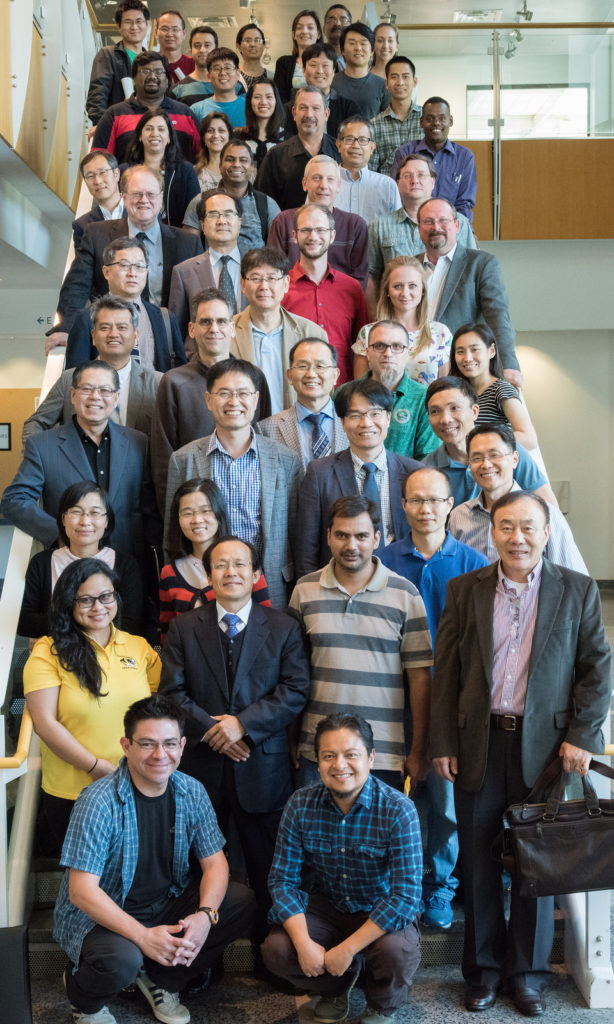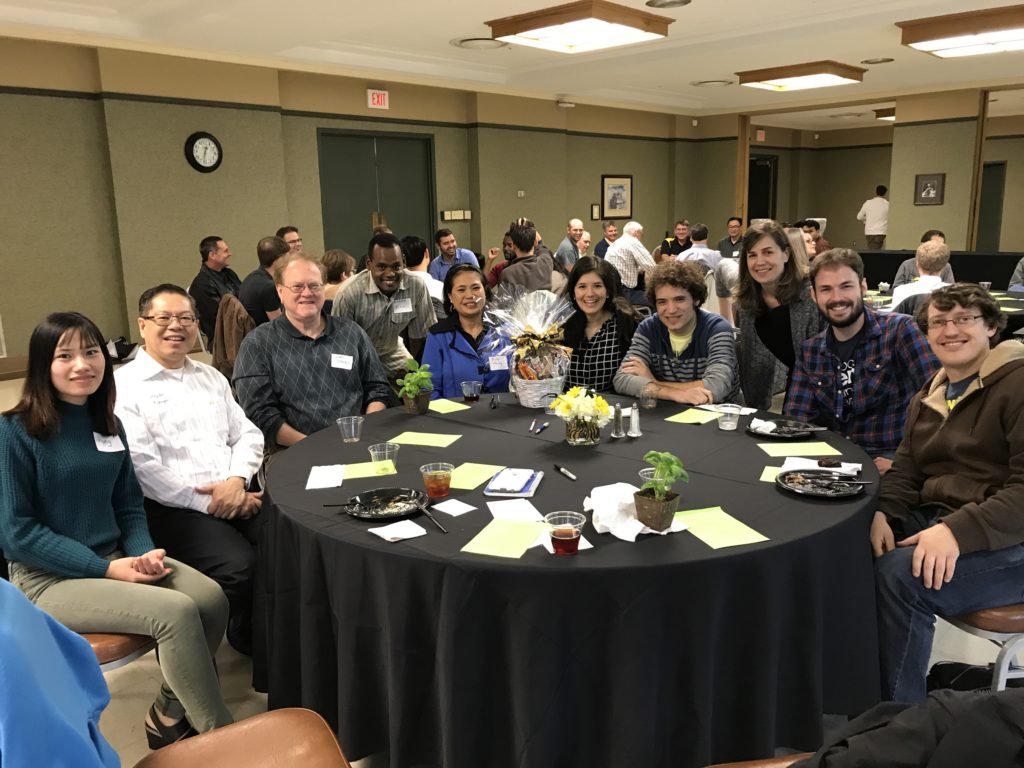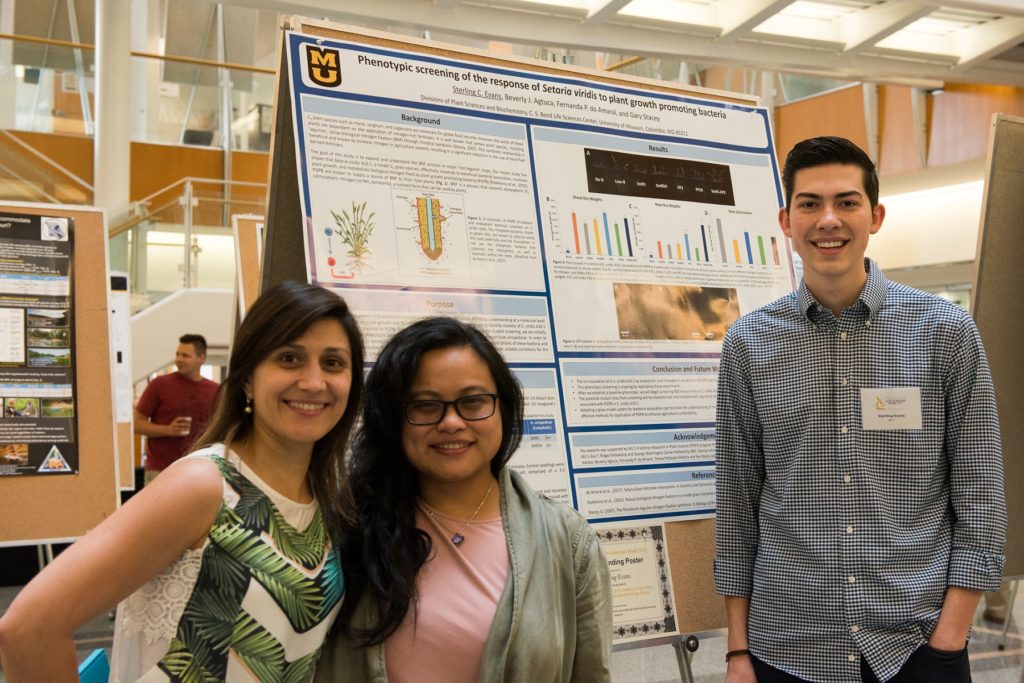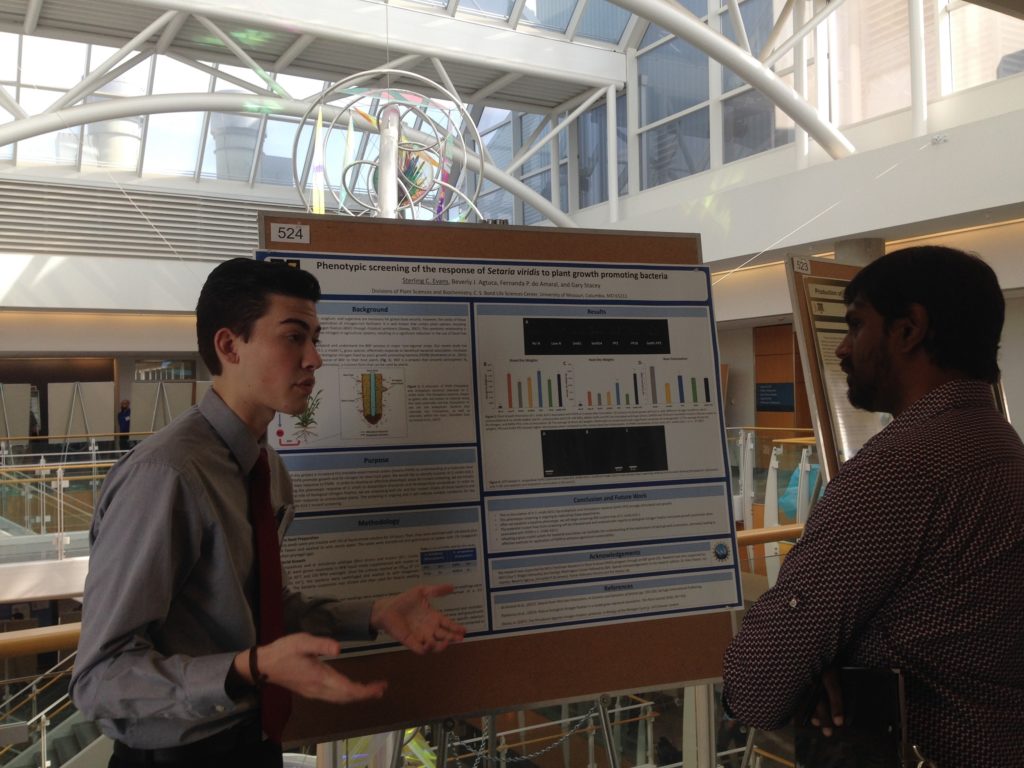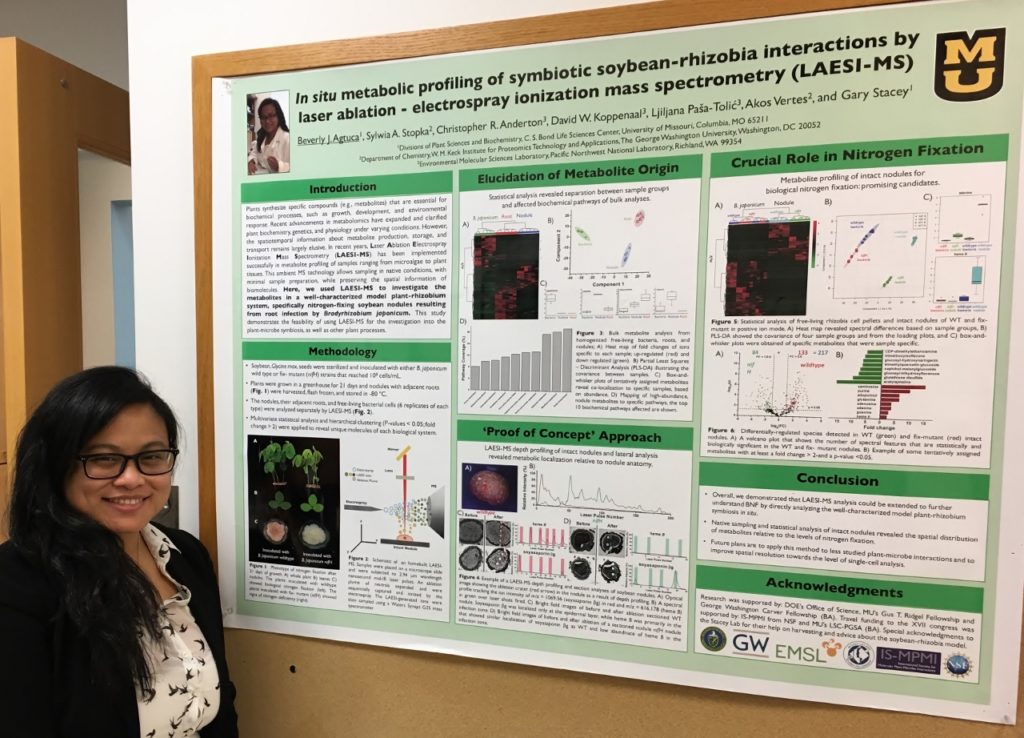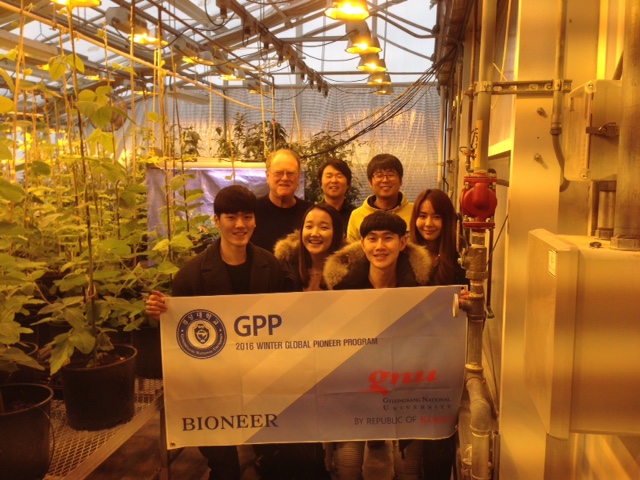The Stacey laboratory was recently awarded a four-year grant from the National Institutes of Health to continue their studies of purinergic signaling in plants.
July 25, 2017The Stacey laboratory was recently awarded a four-year grant from the National Institutes of Health to continue their studies of purinergic signaling in plants.
Abstract
Purinergic signaling appears to be an ancient, conserved trait; for example, P2X receptors trace back one billion years in evolution. However, although virtually all organisms respond to extracellular ATP (eATP), canonical P2X and P2Y receptors appear absent in insects, roundworm, and higher plants. Our laboratory identified the first plant, purinergic receptor, DORN1, which defines a new receptor kinase family of purinoreceptors (P2K) (Choi et al. Science. 2014). This receptor mediates the primary signaling response to eATP, eliciting many responses that are comparable to an animal inflammatory response. Convergent evolution has resulted in different receptors for eATP in plants and animals but the question remains whether other components of the purinergic signaling pathway may be conserved. It is now apparent that purinergic signaling plays a variety of important roles in plants; again mirroring the diverse roles that eATP signaling plays in mammals. Experiments will be performed to further define the mechanism of DORN1 function, identifying downstream signaling components, discover and characterize additional plant purinergic receptors and identify additional components of the plant purinergic response pathway. The ultimate goal will be a holistic and integrated view of plant purinergic signaling, beginning with the novel P2K receptors, with the definition of plant-specific and, more importantly, plant and animal conserved components. This comparative approach should broaden our knowledge of purinergic signaling in higher organisms.


